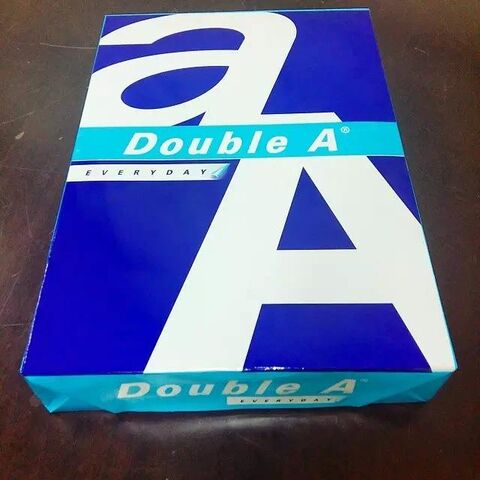TypeScript Component Class Decorators: A Developer's Guide

Are you looking to enhance your Angular or any other TypeScript-based framework development? Decorators play a critical role in modern JavaScript development, and when you step into the world of TypeScript, you encounter class decorators which can elevate your component creation to new levels. This guide will walk you through everything you need to know about TypeScript Component Class Decorators, from understanding their basic usage to advanced techniques, ensuring your development workflow becomes more efficient and your code more readable.
What are Decorators?

Decorators are a unique feature in TypeScript that allows you to add annotations and meta-programming syntax to your code. They come in different forms, but we'll focus on class decorators in this context. A decorator in TypeScript is a special kind of declaration that can be attached to:
- Classes
- Methods
- Properties
- Parameters
Basic Usage of Class Decorators

A class decorator is a function that returns a new constructor function to wrap around the original constructor function of the class. Here's how you can define and use one:
class MyClass {}
function ClassDecorator(constructor: Function) {
console.log('Class Decorator has been invoked');
return class extends constructor {};
}
@ClassDecorator
class MyClass {}
🎉 Note: Decorators can modify class behaviors, add properties or methods, or even return a completely different class.
Component Class Decorators in Angular

Angular extensively uses decorators to define components, services, modules, and more. Here's a look at how they work within Angular:
@Component({
selector: 'app-root',
templateUrl: './app.component.html',
styleUrls: ['./app.component.css']
})
export class AppComponent {}
The @Component decorator tells Angular that this class is a component, describing how the component should be processed, instantiated, and used at runtime.
How Decorators Work in Angular

- Selector: The HTML element selector that references this component.
- TemplateURL/Template: Points to the HTML template for this component or provides an inline template.
- StyleUrls/Styles: Similar to the template, but for stylesheets or inline styles.
- Providers: Inject services that can be shared across the component's view hierarchy.
Custom Decorators

While Angular provides its own set of decorators, creating custom decorators can be very useful for extending functionality:
function customComponentDecorator(options: any) {
return function (constructor: Function) {
constructor.prototype.customProperty = options.customProperty;
};
}
@customComponentDecorator({ customProperty: 'customValue' })
class MyCustomComponent {}
Here, you're creating a decorator that adds a custom property to your class.
Advanced Techniques

Mixin Decorators

Mixin decorators provide a way to reuse the functionality of one class in another. Here’s how you might use them:
function Mixin(behavior: Function) {
return function (constructor: Function) {
Object.getOwnPropertyNames(behavior.prototype).forEach(prop => {
if (prop !== ‘constructor’) {
constructor.prototype[prop] = behavior.prototype[prop];
}
});
};
}
@Mixin(BaseClass)
class SubClass {
constructor(options: any) {
super(options);
}
}
Metadata Decorators

Using the reflect-metadata library, you can store and retrieve metadata about your classes:
import ‘reflect-metadata’;
function MetadataDecorator(target: Function) {
Reflect.defineMetadata(‘customKey’, ‘customValue’, target);
}
@MetadataDecorator
class WithMetadata {}
console.log(Reflect.getMetadata(‘customKey’, WithMetadata)); // ‘customValue’
Wrapping Up

Decorators in TypeScript, especially when used with Angular, provide a powerful mechanism for extending and controlling classes. They enhance the readability and maintainability of your codebase, making your development process smoother. By understanding how to create and use custom decorators, you can tailor functionality to fit your project needs. Remember to apply these decorators thoughtfully to avoid overcomplicating your classes, and always keep performance considerations in mind.
What’s the difference between class and method decorators?

+
Class decorators are applied to the entire class and can modify the class constructor or return a new constructor. Method decorators, on the other hand, are applied to class methods, allowing you to change or augment their behavior, descriptor, or even replace the method itself.
Can I use multiple decorators on a single class?

+
Yes, you can stack multiple decorators on a single class. They are applied from bottom to top, meaning the last decorator you write will be the first one to wrap the class.
How do I decide when to use decorators?

+
Use decorators when you need to add functionality or metadata to a class without altering its original definition. They are particularly useful for:
- Logging or profiling methods
- Adding annotations or metadata
- Creating reusable component templates or behaviors
- Extending class capabilities without inheritance



